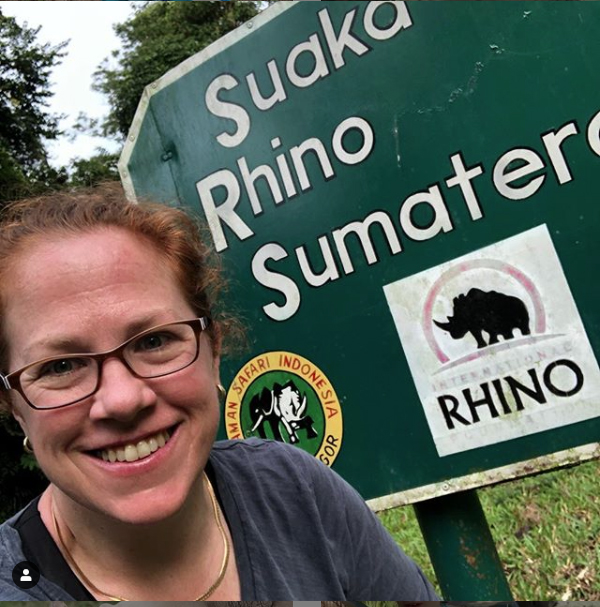A Day at the Sumatran Rhino Sanctuary

If you’ve been following our blog, then you’ve heard us talking about the Sumatran Rhino Sanctuary (SRS). For our new readers, the Sumatran Rhino Sanctuary, located in the heart of Way Kambas National Park on the island of Sumatra, is home to the only reproductively viable captive Sumatran rhinos in the world.
Created in 1996, the facility’s seven resident rhinos – adult males Andalas and Harapan, Andatu (born at the facility in 2012), and females Rosa, Bina, Ratu and her female calf Delilah (also born at the facility May 12th, 2016), reside in large, natural rainforest habitats and receive state-of-the-art veterinary care and nutrition. This tiny population is the core of an intensively managed breeding and research program that is intended to promote the species’ population growth while also generating a genetically diverse “founder” group that could be used as a source for animals to repopulate the National Parks.
IRF Deputy Director, CeCe Sieffert, took our Instagram followers on a tour of the SRS last week. In case you missed it, we wanted to share it again here for you.
